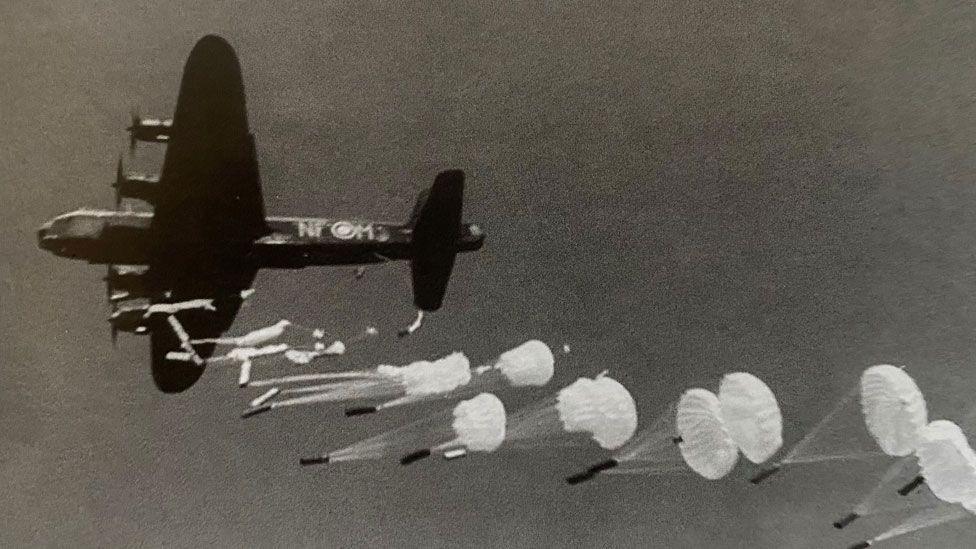'I wanted to bring the memorial cricketers alive'
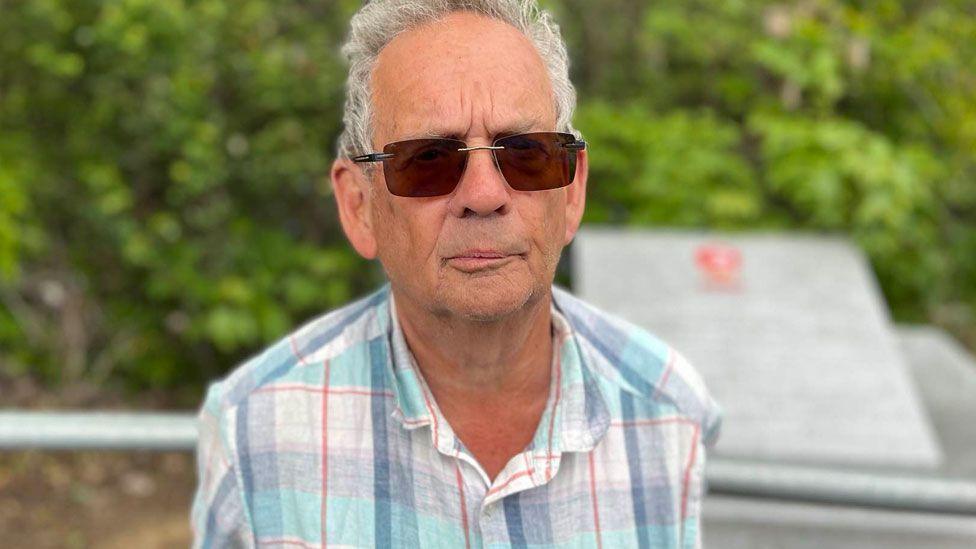
The majority of the players had lived in the county most of their lives, said club honorary curator David Pracy
- Published
RAF pilots, Army officers and a night-time fire warden are among the players remembered on a cricket club's new war memorial.
It will be unveiled at Essex Cricket Club's Chelmsford ground and lists the names of 16 cricketers who died during both world wars.
Club museum honorary curator David Pracy researched the background of each of the men because he "wanted to bring them alive as individuals".
"Some of the chaps were only about 18 years old, and I think of our young players today, the same age, yet those who died never made it to the first XI," he said.
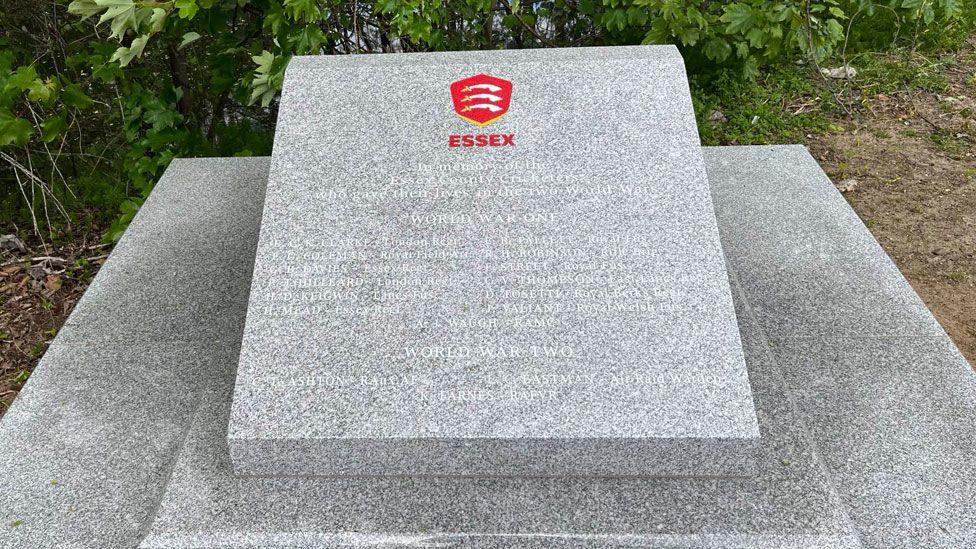
A grey stone war memorial bears the names of 16 cricketers who died
Mr Pracy, from the club's official museum, the Peter Edwards Museum & Library, external, began his research in 2010 and picked it up again during the Covid-19 pandemic.
Three of the men died during World War Two and the rest during World War One. They were all volunteers.
An England bowler
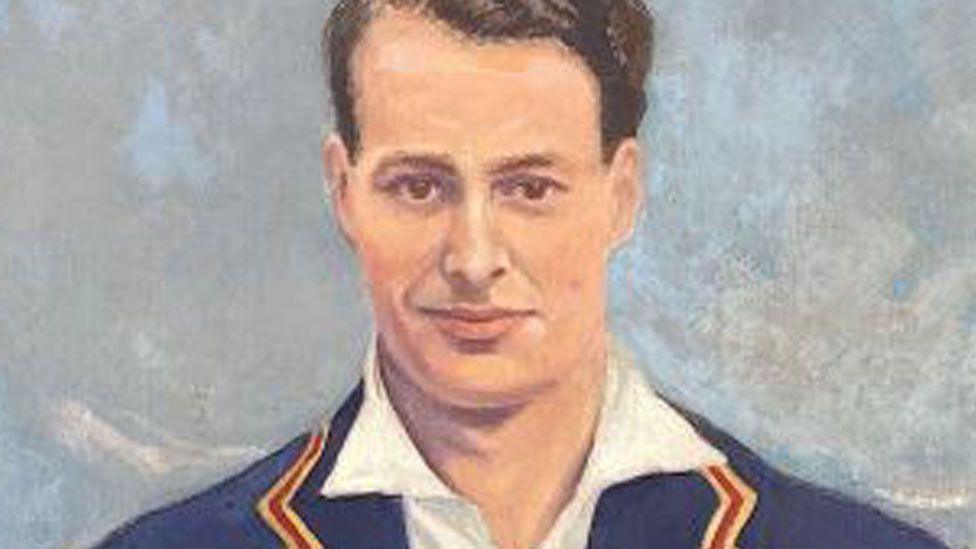
The 6ft 5in (1.95m) fast bowler Ken Farnes played for Cambridge during his university years before making his Essex and England debuts
"Ken Farnes (1911 to 1941) was a schoolmaster at Worksop College and used to play cricket in the school holidays - except he had a very understanding headmaster who let him go on three England tours as well," Mr Pracy said.
Son of a civil servant, he grew up in Romford, part of Essex until 1965, and made his county debut in 1930, playing for Essex 79 times and 15 times for England.
He was reputed to be one of the fastest bowlers of the 1930s - alongside the legendary inter-war bowler Harold Larwood, external, according to Mr Pracy.
Mr Farnes volunteered for the RAF and died on his first unsupervised night-time flight at Chipping Warden, part of Oxfordshire at the time.
Mr Pracy said: "His girlfriend was waiting for him at the airfield and heard the crash - she later said she knew it was him."
An all-round sportsman
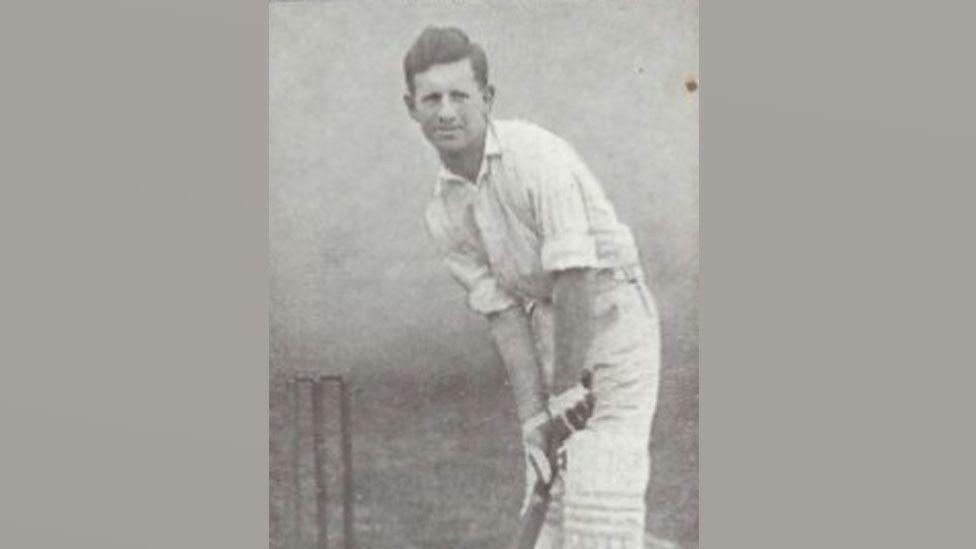
Claude Ashton was a married man with three children when he died in a mid-air collision
Chartered accountant Claude Ashton (1901 to 1942) not only played for Essex, he was an international footballer.
Mr Pracy said: "He went to Winchester School, and later he was Cambridge University's cricket captain."
Mr Ashton was born in India, but was brought up in Essex.
"He also volunteered for the RAF, even though he was in his 40s and probably didn't need to, and was killed in a mid-air collision on a training flight in north Wales," said Mr Pracy.
The other pilot was also a cricketer - Roger Winlaw, who played for Cambridge, Bedfordshire and Surrey.
The pair were commemorated with a showcase, external previously used to hold the Ashes.
The professional cricketer
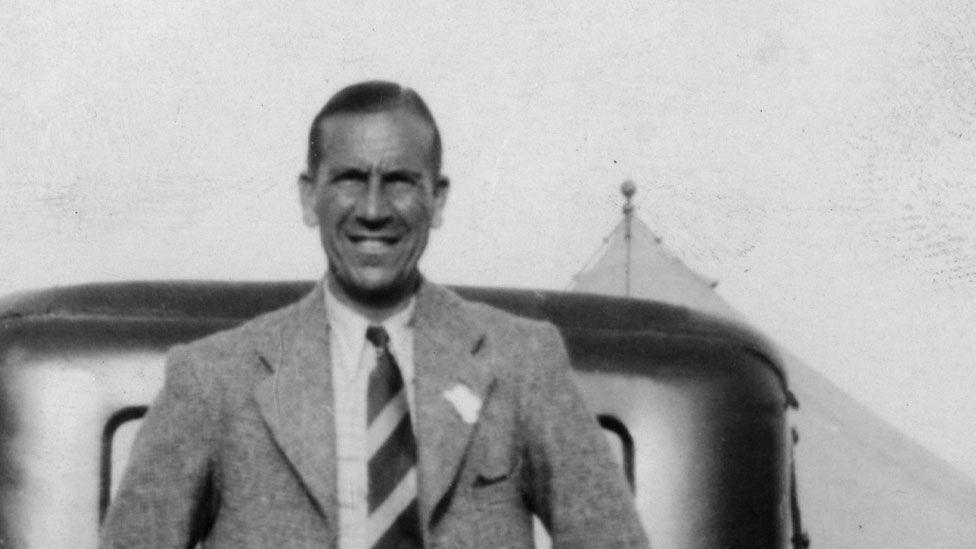
Inter-war professional player Laurie Eastman had served in the Army during World War One
"Laurie Eastman (1897 to 1941) was his firm's ARP (Air Raid Precautions) warden on one of the worst days of the Blitz, doing night-time fire watch duties, when a bomb went off very close to him," said Mr Pracy.
Brought up in Leyton, also then part of Essex, he had served in World War One, receiving the Military Medal and the Distinguished Service Medal.
The professional cricketer played full-time for Essex from 1926 to 1939, and was "a hard-hitting batsman with lots of decent scores", said Mr Pracy.
Keen club supporter Clement Calnan offered Mr Eastman work as an accounts clerk at his Romford firm during the winter months and the married father-of-two worked for the firm full-time after war broke out.
Mr Pracy said: "He was very badly affected by the bomb blast and taken to a specialist hospital for treatment, where he died during an operation."
An Ipswich Town player
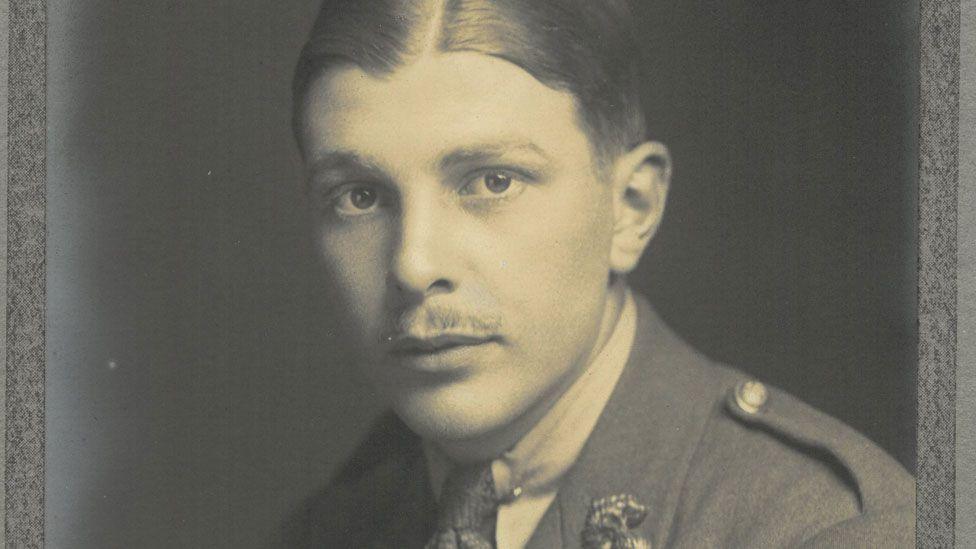
Edward Pallett was always known by his middle name, Roy, who volunteered for the Army on the outbreak of war in 1914 and was an acting captain when he died
Doctor's son Roy Pallett (1895 to 1918) had only just left Repton School when he volunteered for Army service on the outbreak of World War One.
Mr Pracy said: "He grew up at Earls Colne, near Colchester, and was a very good all-round sportsman, who also played for Ipswich Town FC when it was in the amateur Southern League.
"He played three second XI matches for Essex and survived nearly four years of war before he was killed on 6 April 1918."
The majority of the World War One players listed on the memorial were amateurs and, like Mr Pallett, had been to public [private] schools.
"The thing is, the young public school boys tended to become junior officers and were often the first ones to be mowed down leading their men," Mr Pracy said.
The law student
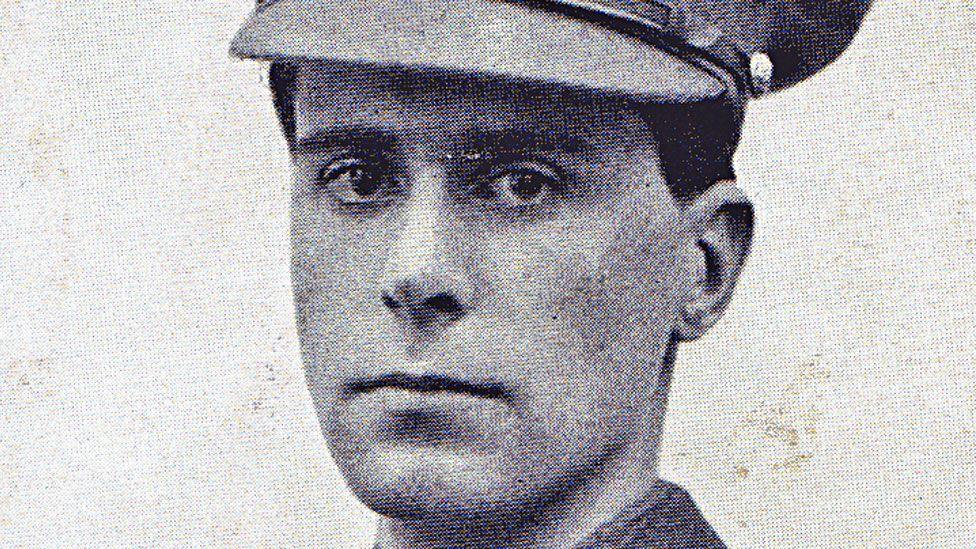
Geoffrey Davies was also a doctor's son and had completed two years at university when he volunteered for the Army
"Wisden Cricketers' Almanack said there was 'little doubt' Geoffrey Davies (1892 to 1915) would have developed into an England player," said Mr Pracy.
He was from Woodford Green, also once part of Essex, and was "the only one of the 13 who died in World War One to have established a regular place in the first XI".
The University of Cambridge law student played in the club's first team during his holidays.
Mr Pracy said: "Of the Essex second XI who played at The Oval in August 1914, five of the Essex lads, including Pallett, were killed and two of the Surrey ones."
He also discovered two of the World War One casualties were past the age of conscription - Douglas Tosetti, 41, and 46-year-old Frank Street.
"The more you know about them, the more sad you are - but they were all doing their bit and it's absolutely vital they are remembered," he said.
Get in touch
Do you have a story suggestion for Essex?
Follow Essex news on BBC Sounds, Facebook, external, Instagram, external and X, external.
You may also be interested in
- Published7 May
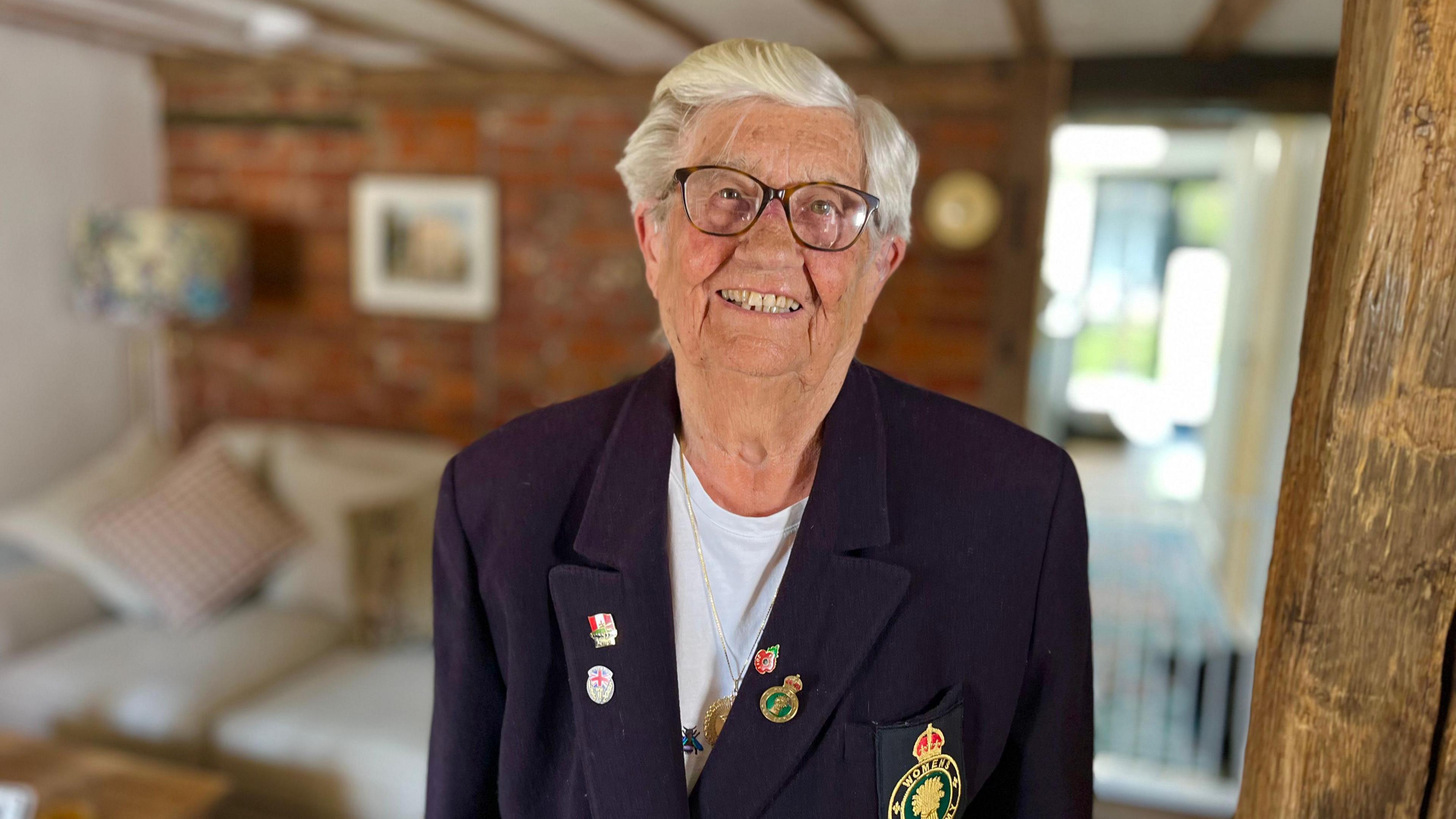
- Published8 May
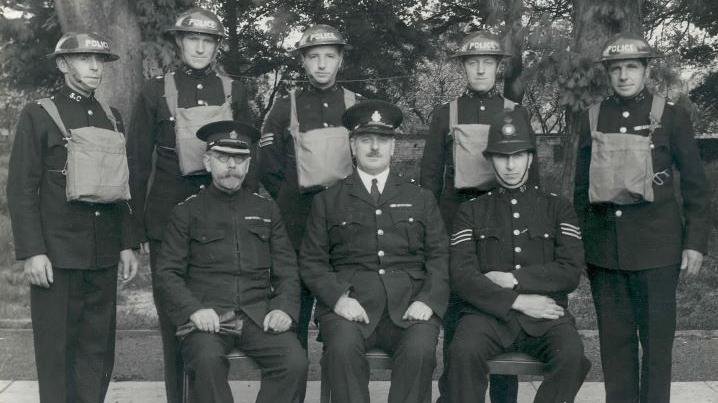
- Published5 May
